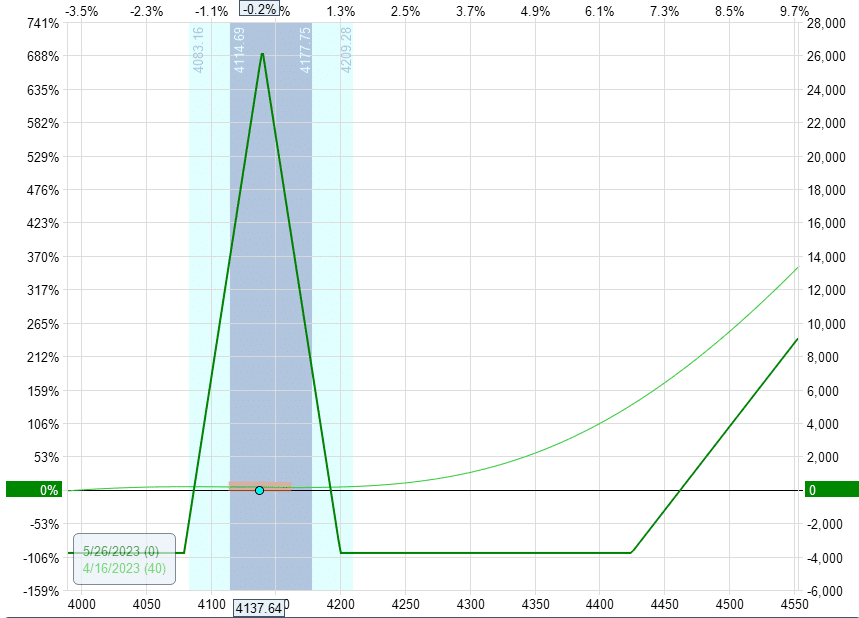In the fast-paced world of modern finance, options income trading has emerged as a compelling strategy for investors seeking steady returns and downside protection. Unlike traditional investment avenues that rely solely on stock price appreciation, options income trading empowers individuals to generate cash flow through premium selling, even in volatile market conditions.

Image: optionstradingiq.com
Options income trading involves selling options contracts, granting the buyer the right, but not the obligation, to buy (in the case of call options) or sell (in the case of put options) an underlying asset at a specified price on a predetermined date. By selling these options, traders receive a premium payment upfront, which constitutes their potential income.
The allure of options income trading lies in its flexibility and adaptability. Whether the market istrending upward or downward, traders can tailor their strategies to the prevailing conditions, ensuring a steady stream of income while mitigating risk. However, it is crucial to approach options income trading with a comprehensive understanding of the underlying concepts and the various trading strategies available.
The Anatomy of an Options Trade
Every options trade involves two essential components: the buyer and the seller. The buyer of an option pays a premium to acquire the right to exercise the option. In return, the seller of the option collects the premium and assumes the obligation to fulfill the contract if the buyer exercises it.
Options contracts come in two primary types: call options and put options. Call options provide the buyer with the right to buy the underlying asset at the strike price on or before the expiration date. Put options, on the other hand, give the buyer the right to sell the underlying asset at the strike price.
The strike price is the predetermined price at which the buyer can exercise their option. The expiration date signifies the last day the option can be exercised. Understanding these basic concepts is vital for successful options income trading.
Strategies for Generating Income
Options income trading offers a range of strategies to cater to different risk appetites and market conditions. Some of the most common strategies include:
-
Covered Call Writing: Selling call options while owning the underlying asset. This strategy generates income while limiting potential upside profits.
-
Cash-Secured Put Writing: Selling put options while holding cash to cover the potential obligation to purchase the underlying asset. This strategy earns premium income while potentially acquiring the stock at a discounted price.
-
Naked Call Writing: Selling call options without owning the underlying asset. This strategy offers higher potential returns but involves unlimited risk.
-
Iron Condor: Combining multiple options with different strike prices and expiration dates to create a neutral strategy that benefits from price stability.
The choice of strategy depends on several factors, including the trader’s risk tolerance, market outlook, and capital availability. It is essential to select a strategy that aligns with one’s own investment objectives and risk tolerance.
Risk Management in Options Income Trading
While options income trading can be a lucrative strategy, it is not devoid of risks. The key to successful trading lies in effective risk management practices, such as:
-
Understanding the Greeks: Greeks are metrics that measure the risk and sensitivity of an option contract. They provide valuable insights into the potential impact of changes in underlying price, time, volatility, and interest rates.
-
Setting Stop-Loss Orders: Implementing stop-loss orders can limit potential losses by automatically exiting trades when the underlying price reaches a predetermined level.
-
Diversification: Diversifying an options portfolio across different underlying assets and strategies can reduce overall risk exposure.

Image: unbrick.id
Options Income Trading
https://youtube.com/watch?v=w6JYxdrsK2Y
Conclusion
Options income trading presents an attractive opportunity for investors seeking supplemental income and protection against market downturns. However, mastering this strategy requires a thorough understanding of the underlying concepts, various trading strategies, and effective risk management practices. By embracing the principles outlined in this article, traders can harness the power of options income trading to enhance their financial portfolio and achieve their investment goals.






